When you think of New York, you think of the skyscrapers and Central Park, along with the many random theatrics that happen daily on the streets.
However, during springtime, New York is a nightmare for allergy sufferers, here’s why.
I’ve been away from New York for a few months and finally made it back home.
From enjoying national parks all around the U.S. to practically being outside 24/7 I forgot all about seasonal allergies.
However, the moment I stepped back onto New York’s soil that memory came rushing back.
This allergy thing is very new to me, this may be my third or fourth year dealing with this.
Here’s the thing, I don’t get sick.
I’ve always been that way since I was a child, so I knew that my nose itching, the constant sneezing, and runny red eyes were not the flu.
This is how I found out I had allergies.
I was randomly shopping for some dried herbs and a guy walked in begging the herbalist for help because his allergies were getting the best of him.
Once he described his allergy symptoms, I knew exactly what was happening to me, I developed a pollen allergy!
- What are the symptoms of pollen allergies?
- Understanding the Types of Pollen in N.Y.C.
- How to Protect Yourself from Pollen Allergies
- Don’t Allow The Pollen To Keep You Indoors
- Questions You May Have
This page contains affiliate links. This means that if you click a link and buy one of the products on this page, I may receive a commission (at no extra cost to you!)
What are the symptoms of pollen allergies?
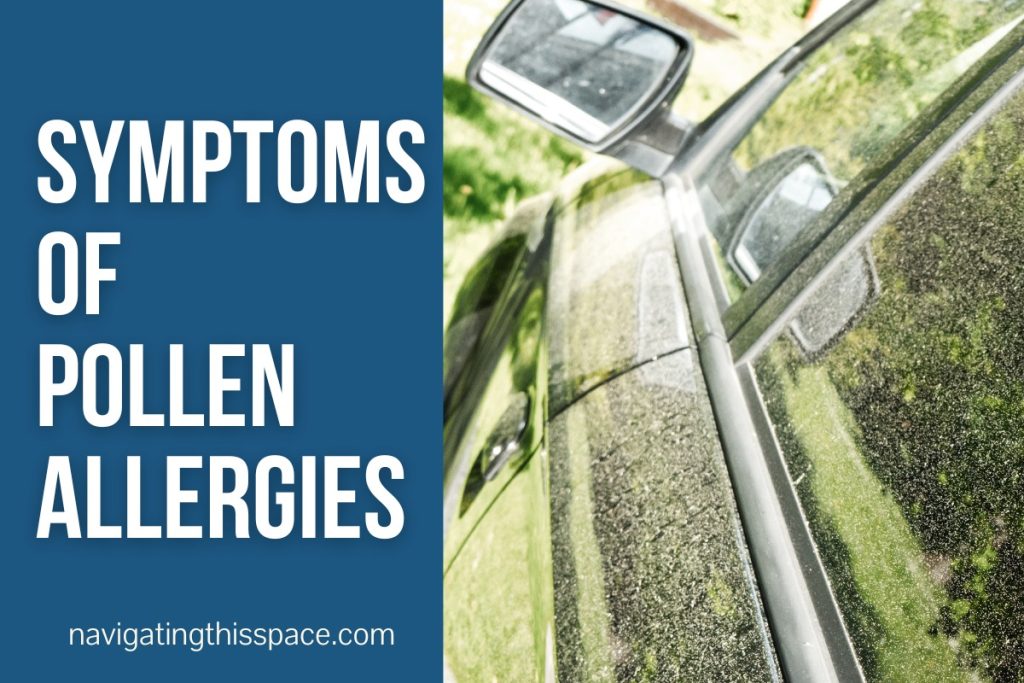
Pollen allergy symptoms can vary from person to person, but they typically include:
- Sneezing
- Coughing
- Runny nose
- Watery eyes
- Itchy eyes, nose, throat, and upper palate
- Sinus congestion
- Headache
- Fatigue
- Wheezing
- Asthma attacks
Understanding the Types of Pollen in N.Y.C.
When springtime rolls around in New York the pollen counts become ridiculous.
If you’ve never heard about pollen rain, let me explain what the aftermath looks like.
Imagine going outside in the morning to move your car from one side of the street to the other side because of street cleaning, and seeing your car covered in yellow/green dust.
What do you do?
Let’s imagine that you grab a cloth and start wiping your car to remove the mystery dust, only to find out that the dust isn’t from the new building going up three blocks away, it’s from pollen!
But here’s the thing, you didn’t park under a tree.
That’s why New York City during springtime is such a nightmare for allergy sufferers and asthma sufferers (more on this later).
The main culprit causing all the yellow/green dust to invade everything is tree pollen.
These trees are the main source:
-Oak
-Birch, and
-Maple.
Because these trees are found in abundance in the city’s parks and green areas, the wind easily carries their pollen throughout the city.
The pollen season typically starts in late March or early April, but this year’s season has been particularly intense because the warm winter allowed trees to start pollinating earlier than usual.
The city’s Department of Health and Mental Hygiene (DOHMH) has advised individuals with allergies to follow their allergy medication instructions, refrain from strenuous outdoor activities when pollen is at its highest, and wear a mask while outside.
There’s also a high possibility that people with asthma may end up in the emergency room.
The New York Post reported that about 260 New Yorkers visit the emergency room every May, which happens to be when the pollen count is at its highest.
How to Protect Yourself from Pollen Allergies
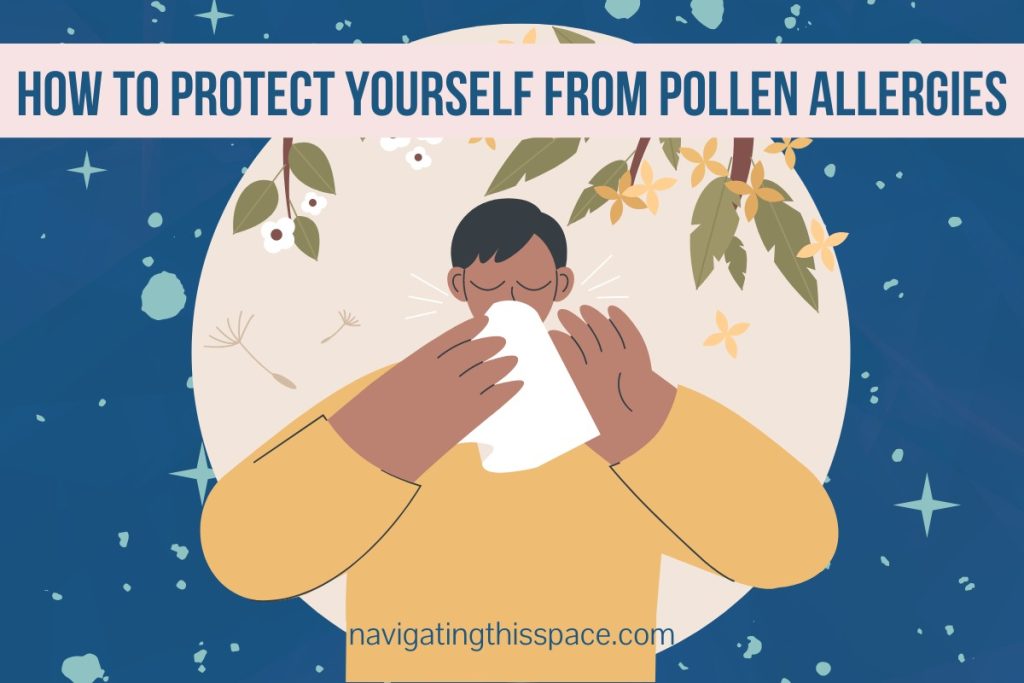
I’ve had to dig into my closet to find an old mask to arm myself with whenever I venture outside.
I’ve also started wearing sunglasses, even on cloudy days, to protect my eyes from the pollen.
I get strange looks sometimes but I look at the situation like this:
I can either arm myself by looking odd, or spend my entire time outside, sneezing, wiping a runny nose, and constantly wiping tears.
I’ll take looking strange any day.
So, what can you do to protect yourself from the pollen problem in New York City?
Here are a few tips on how to protect yourself from pollen in New York City:
- Wear a mask when going outside. A mask (like the N95 or a simple cloth mask) can help to filter out pollen and other allergens that are causing a negative reaction in your body.
- Wear sunglasses. Protecting your eyes from pollen is key, so wearing sunglasses helps reduce the amount of pollen that enters your eyes. I wear these polarized sunglasses and love how comfortable they feel.
- Avoid outdoor activities during peak pollen times. The pollen counts tend to be highest in the morning and evening. It’s best to avoid outdoor activities during these times.
- Keep windows and doors closed. Keeping everything sealed will help to keep pollen out and other allergy triggers.
- Vacuum, dust, and mop regularly. Cleaning often will remove pollen from your home. A broom will only irritate your allergens more so invest in a vacuum and mop to get as many outdoor and indoor allergens as you can.
- Diffuse Lavender essential oil. This essential oil has been my lifesaver on most days. It helps to reduce airway inflammation and can also alleviate nasal congestion.
- Use an air purifier. Purifiers reduce pollen levels indoors by trapping the particles inside their filter. Get an air purifier with washable filters so the air quality in your home is always fresh.
- Rinse your sinuses. Rinsing your sinuses with a nasal spray filled with saline solution (salt water) helps to remove pollen from your nasal passageways.
- Visit your local herbalist spot. The best remedies are normally found in nature. There are a few herbs that can help to reduce allergic reactions so don’t be shy to ask the experts that work there.
- Visit an Allergy Specialist. If you’re still having issues, it might be a good idea to visit an allergist for some tests. They can run tests to determine what type of pollen is causing you the most discomfort.
- Take allergy medication. When all else fails, reach for your allergy medications. Make sure to follow the instructions carefully and refrain from doubling up doses.
Don’t Allow The Pollen To Keep You Indoors
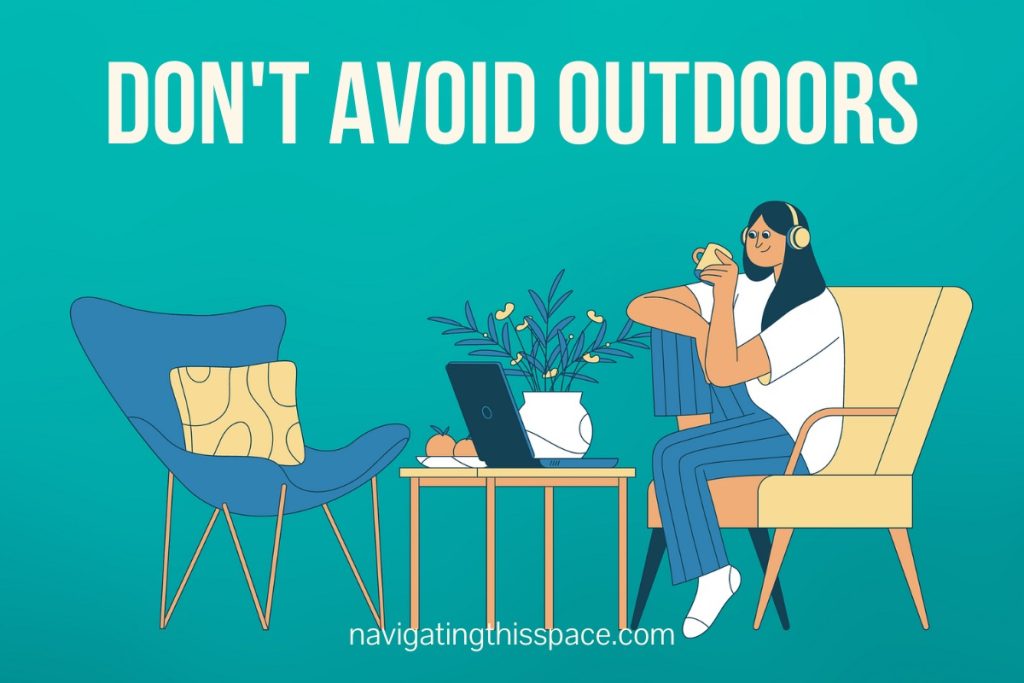
Whether you’ve lived in the city your entire life or you’re a first-time visitor, it’s essential to prioritize your health and well-being, especially during allergy season.
If you have to say no to the party in the park during high pollen times, say NO!
Make smart choices, and share the knowledge you’ve just learned with others who may be struggling with allergies.
Give yourself a better chance to enjoy all that the city has to offer without the fear of having to chase your nose.
How have you dealt with your allergies in the past?
Let me know in the comments below!
Questions You May Have
What Kind of Pollen Is Present in the Air in New York City?
In New York City, trees are the largest source of pollen in the air, with maple, oak, and birch trees being the most significant contributors. Additionally, grass and weed pollen, as well as mold spores, can also be found in the city’s air.
Where Is the Pollen Coming From?
Some of the pollen in the city is from local trees and plants, but more pollen is brought in from trees outside the city by the wind.
What Is the Best Way to Protect Myself From Pollen?
In short, the best way to protect yourself from pollen is to limit your exposure. This can be done by wearing a mask in public, avoiding outdoor activities during peak pollen times, and keeping windows and doors closed.
How long does allergy season last?
Allergy season in New York City typically lasts from March to September. The peak of allergy season is typically in May and June. You can also check your local pollen forecast to get an idea of when the highest levels of pollen will be present in the air.
What is an allergy shot?
Immunotherapy, commonly known as allergy shots, is a treatment that can be beneficial to individuals with allergies. The procedure consists of gradually injecting small doses of the allergen into the body. Over time, this helps the body to build immunity and tolerance towards the allergen, ultimately decreasing or removing allergy symptoms.
Pin It!
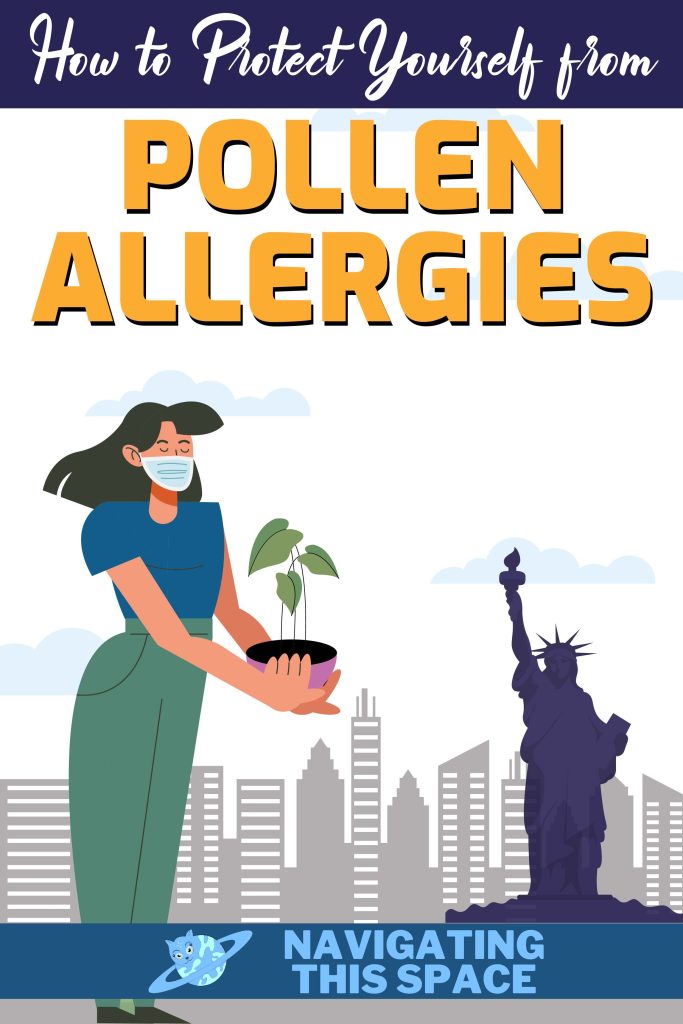
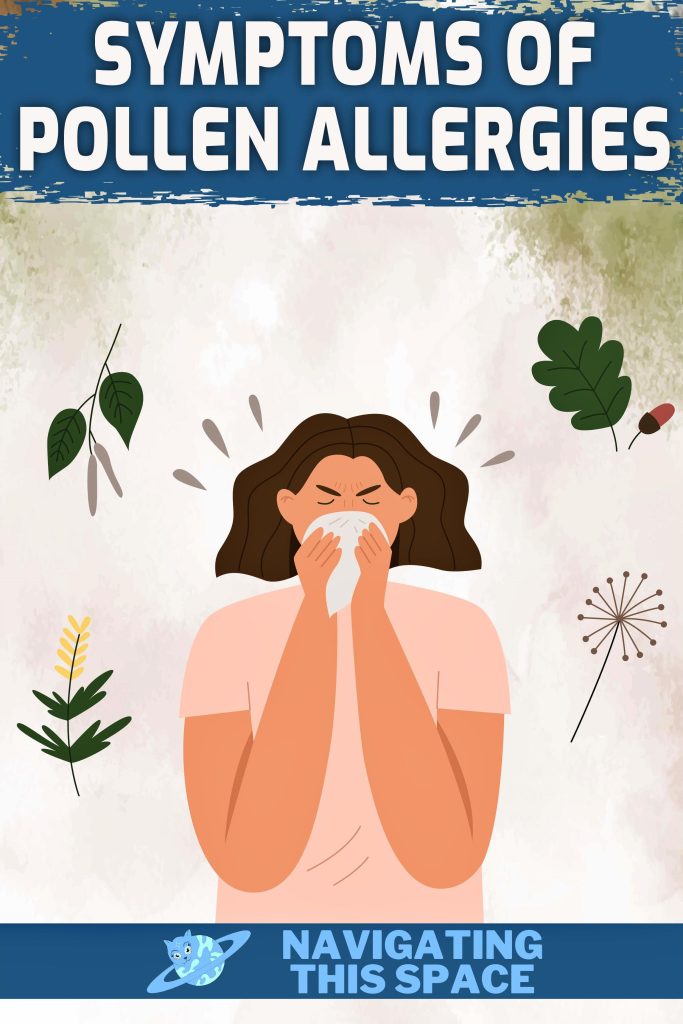
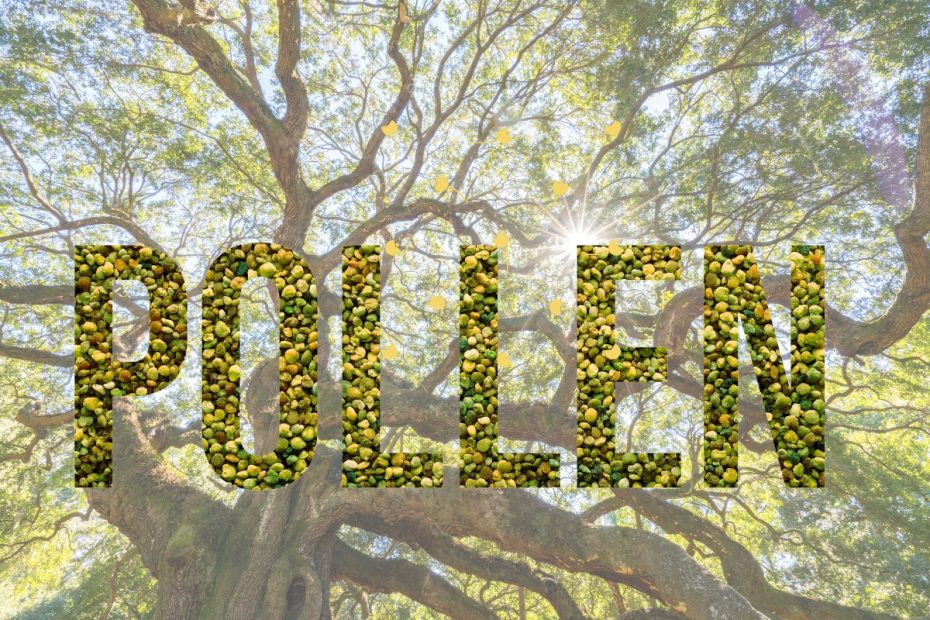
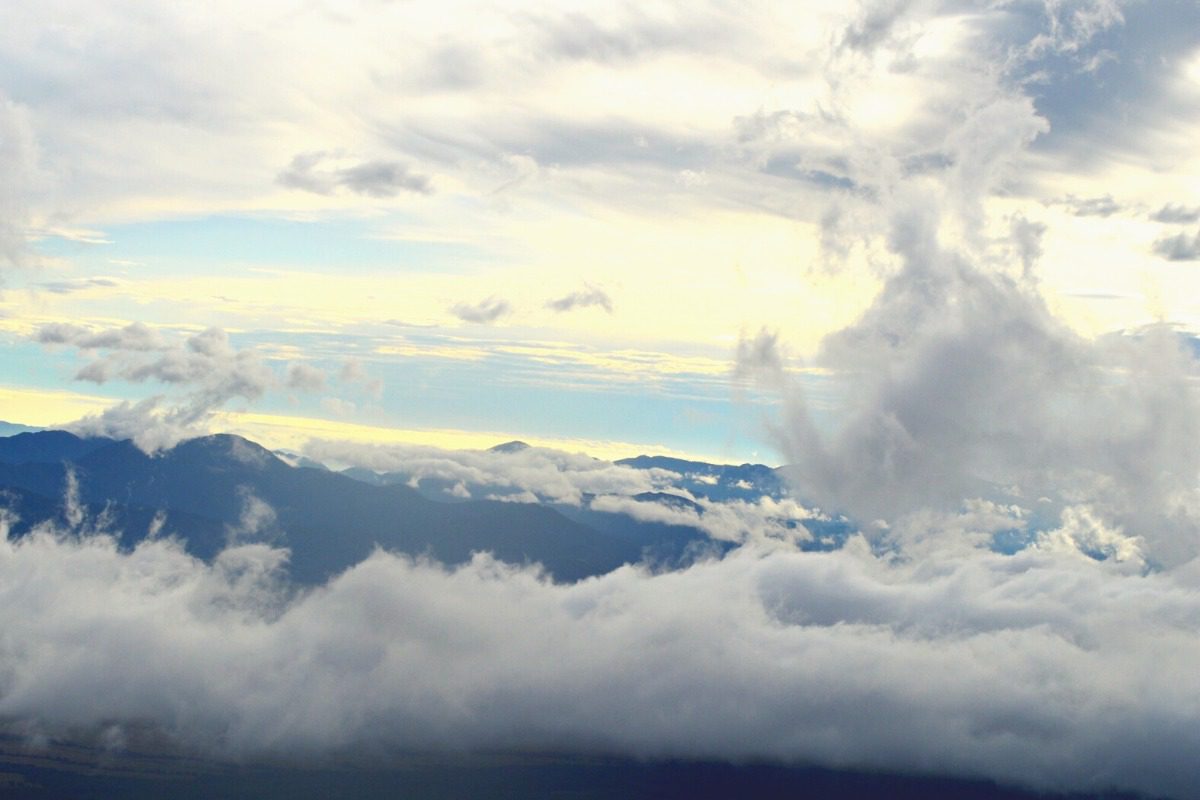
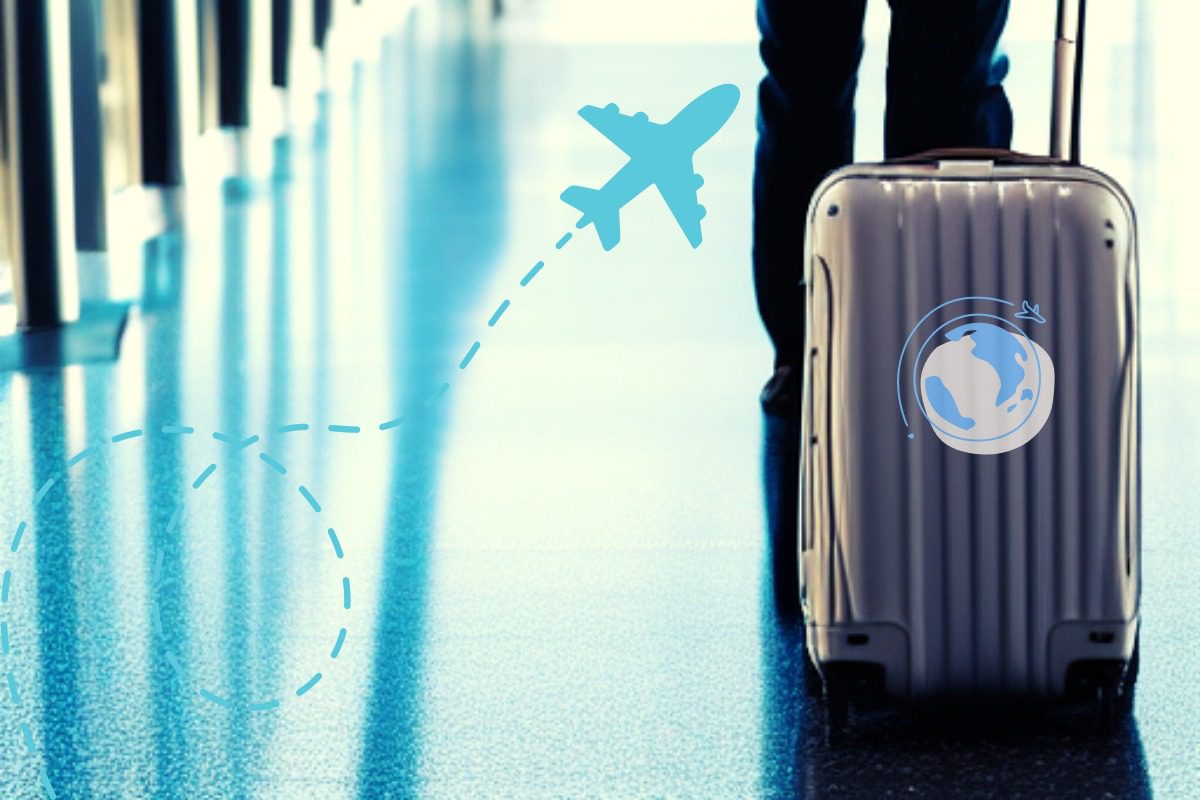
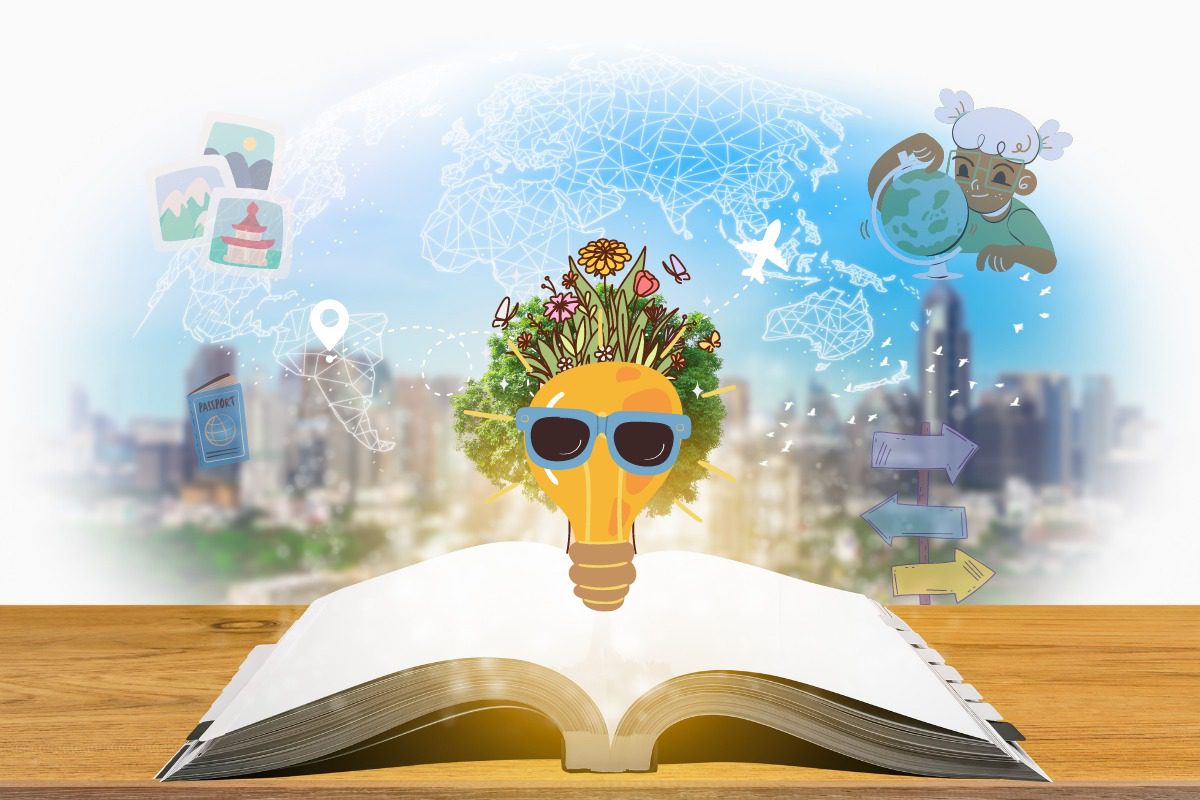
Great advice! I’m in the UK but struggle with hay fever ❤️
I’m happy I was able to provide some advice Michelle! Thanks for reading from the UK!!
Very informative! Thanks for sharing!
You’re very welcome Kirsten, thank you for reading.
I live in an area loaded with beautiful trees that I love. They’re not fully blooming yet. I hate allergy season. Thanks for the great tips. I’ll avoid my walk first thing in the am! 🙂
You’re very welcome Laurie, remember to always check the pollen count before your walk.